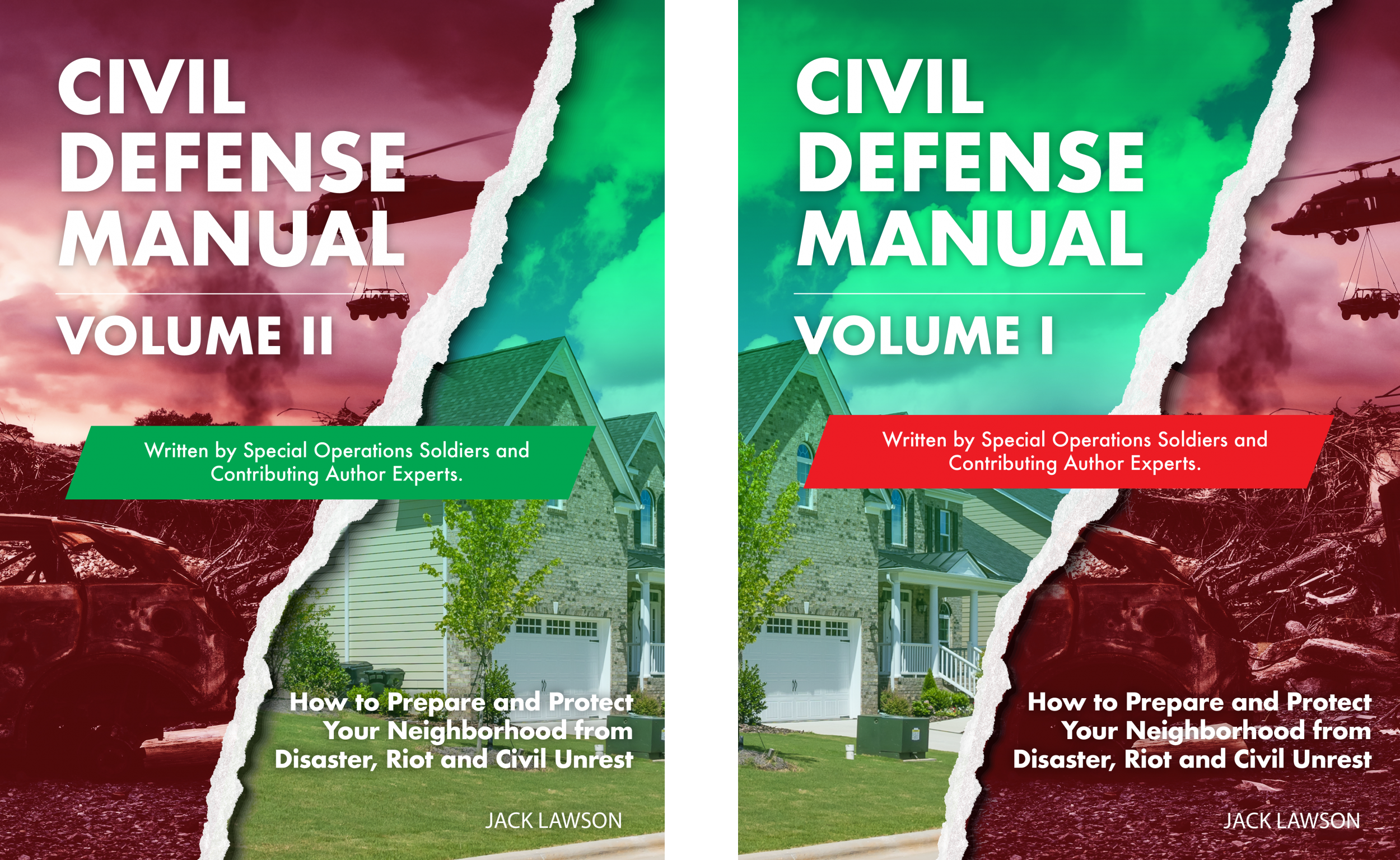We decided to move platforms to better accommodate the "Civil Defense Manual" as well as make it easier to add both reprints of "The Slaver's Wheel" and "And We Hide From The Devil". We are also in the process of writing a new book called "The Civil Defense Primer" which will be up for sale soon! All of the information you have found on CivilDefenseManual.com can be found on JackLawsonBooks.com.
We are also working on the Certified American Accreditation, this will be totally separate of any government intervention and interference. It is designed for any American to learn the necessities and procedures that will qualify you to minimize or prevent chaos, civil unrest, starvation and death from dehydration in your area.
We appreciate your interest in the book and your patience while we have been waiting for our turn in the print queue.

